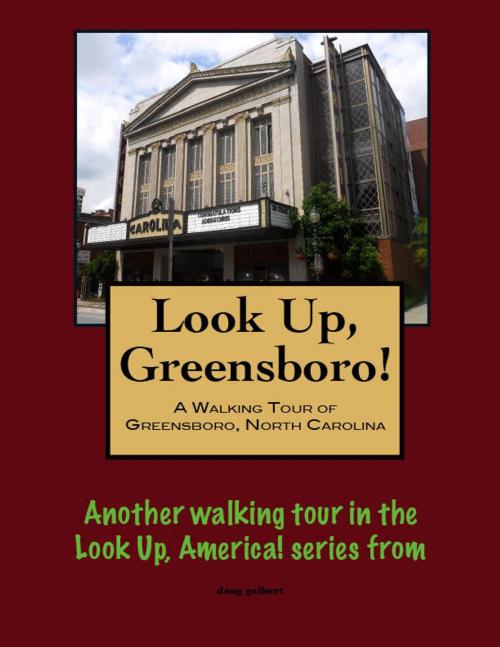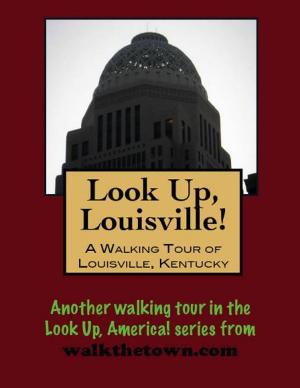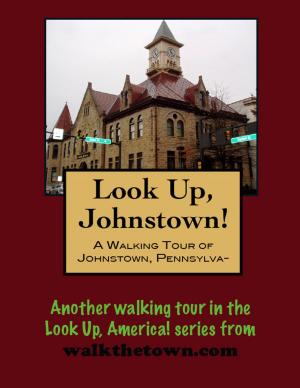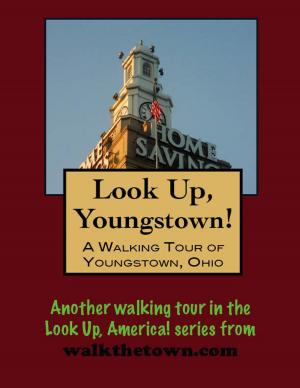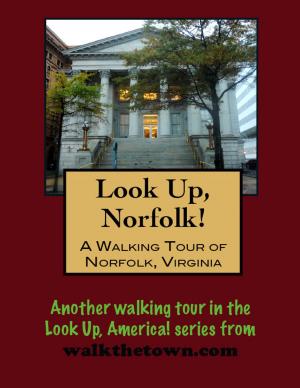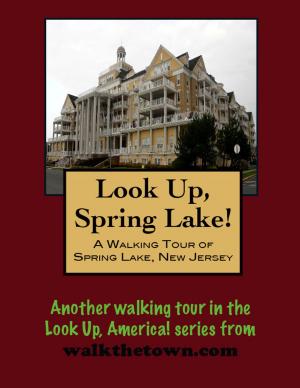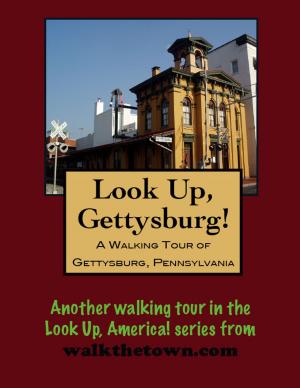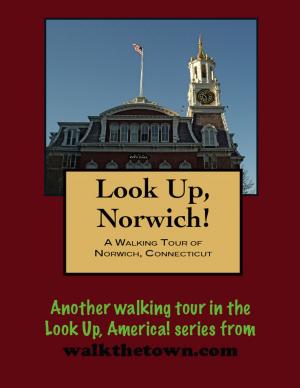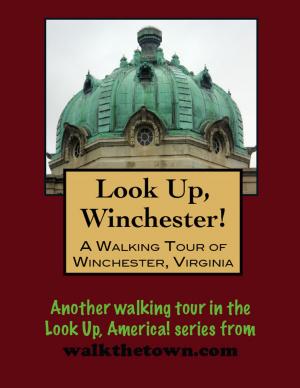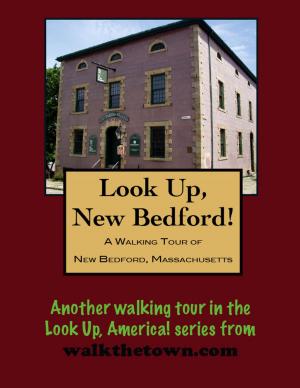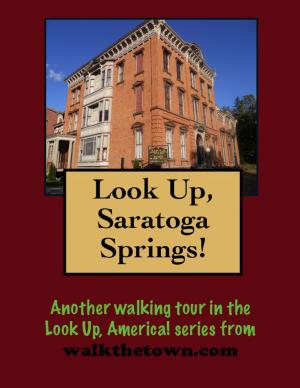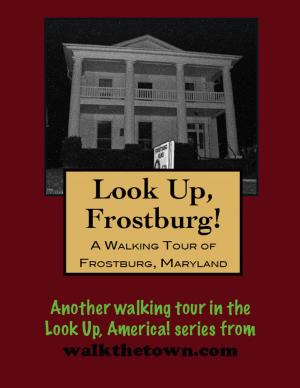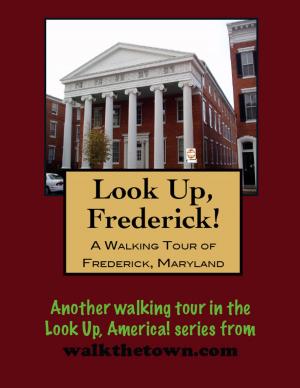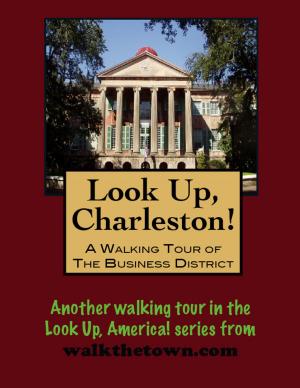| Author: | Doug Gelbert | ISBN: | 9781458136565 |
| Publisher: | Doug Gelbert | Publication: | June 1, 2011 |
| Imprint: | Smashwords Edition | Language: | English |
| Author: | Doug Gelbert |
| ISBN: | 9781458136565 |
| Publisher: | Doug Gelbert |
| Publication: | June 1, 2011 |
| Imprint: | Smashwords Edition |
| Language: | English |
There is no better way to see America than on foot. And there is no better way to appreciate what you are looking at than with a walking tour. Whether you are preparing for a road trip or just out to look at your own town in a new way, a downloadable walking tour is ready to explore when you are.
Each walking tour describes historical and architectural landmarks and provides pictures to help out when those pesky street addresses are missing. Every tour also includes a quick primer on identifying architectural styles seen on American streets.
This area was settled by Quakers, Germans and Scotch-Irish who migrated down from Pennsylvania in the mid-18th century. Independent by nature, these small farmers would prove an asset in the coming Revolution. In 1770 Guilford County was carved from Orange and Rowan counties, taking its name from the Prime Minister of England, the Earl of Guilford. In 1774 a courthouse of hewn logs was raised about five miles northwest of present-day Greensboro.
On March 15, 1781 American forces clashed with the British Army of Lord Cornwallis at the Battle of Guilford Court House. The British carried the day but the cost was so steep Cornwallis pulled his battered army from North Carolina, leading to the eventual surrender at Yorktown. When the General Assembly authorized the creation of a centrally located Guilford County seat in 1808 the new town was named in honor of General Nathanael Greene, commander of the Colonial forces at Guilford Courthouse.
The settlement grew slowly but in the 1840s it had the good fortune to the home of John Motley Morehead when he was the 29th Governor of North Carolina in the early 1840s. Morehead worked tirelessly to build the North Carolina Railroad and made sure the route for the new line passed through his Greensboro. Still, the population of the town would not break out of the hundreds until the 1870s.
By the 20th century, Greensboro was humming. Seeking to take advantage of the town's growing reputation as a transportation center, brothers Ceasar and Moses Cone established their Proximity (next to the railroad tracks) cotton mill here and soon Greensboro was turning out more denim than anywhere else. The Cone mills were followed by other mills and factories until more than 100 manufacturing concerns were churning out products across Greensboro.
Within about a decade Greensboro exploded from village to city. Virtually nothing remains of that pre-industrial Greensboro in the downtown district but several buildings remain from the hey-day of industrialized Greensboro 100 years ago. But before we find them, our walking tour will start in a very modern urban park, a place no one would have associated with green space just ten years before...
There is no better way to see America than on foot. And there is no better way to appreciate what you are looking at than with a walking tour. Whether you are preparing for a road trip or just out to look at your own town in a new way, a downloadable walking tour is ready to explore when you are.
Each walking tour describes historical and architectural landmarks and provides pictures to help out when those pesky street addresses are missing. Every tour also includes a quick primer on identifying architectural styles seen on American streets.
This area was settled by Quakers, Germans and Scotch-Irish who migrated down from Pennsylvania in the mid-18th century. Independent by nature, these small farmers would prove an asset in the coming Revolution. In 1770 Guilford County was carved from Orange and Rowan counties, taking its name from the Prime Minister of England, the Earl of Guilford. In 1774 a courthouse of hewn logs was raised about five miles northwest of present-day Greensboro.
On March 15, 1781 American forces clashed with the British Army of Lord Cornwallis at the Battle of Guilford Court House. The British carried the day but the cost was so steep Cornwallis pulled his battered army from North Carolina, leading to the eventual surrender at Yorktown. When the General Assembly authorized the creation of a centrally located Guilford County seat in 1808 the new town was named in honor of General Nathanael Greene, commander of the Colonial forces at Guilford Courthouse.
The settlement grew slowly but in the 1840s it had the good fortune to the home of John Motley Morehead when he was the 29th Governor of North Carolina in the early 1840s. Morehead worked tirelessly to build the North Carolina Railroad and made sure the route for the new line passed through his Greensboro. Still, the population of the town would not break out of the hundreds until the 1870s.
By the 20th century, Greensboro was humming. Seeking to take advantage of the town's growing reputation as a transportation center, brothers Ceasar and Moses Cone established their Proximity (next to the railroad tracks) cotton mill here and soon Greensboro was turning out more denim than anywhere else. The Cone mills were followed by other mills and factories until more than 100 manufacturing concerns were churning out products across Greensboro.
Within about a decade Greensboro exploded from village to city. Virtually nothing remains of that pre-industrial Greensboro in the downtown district but several buildings remain from the hey-day of industrialized Greensboro 100 years ago. But before we find them, our walking tour will start in a very modern urban park, a place no one would have associated with green space just ten years before...
